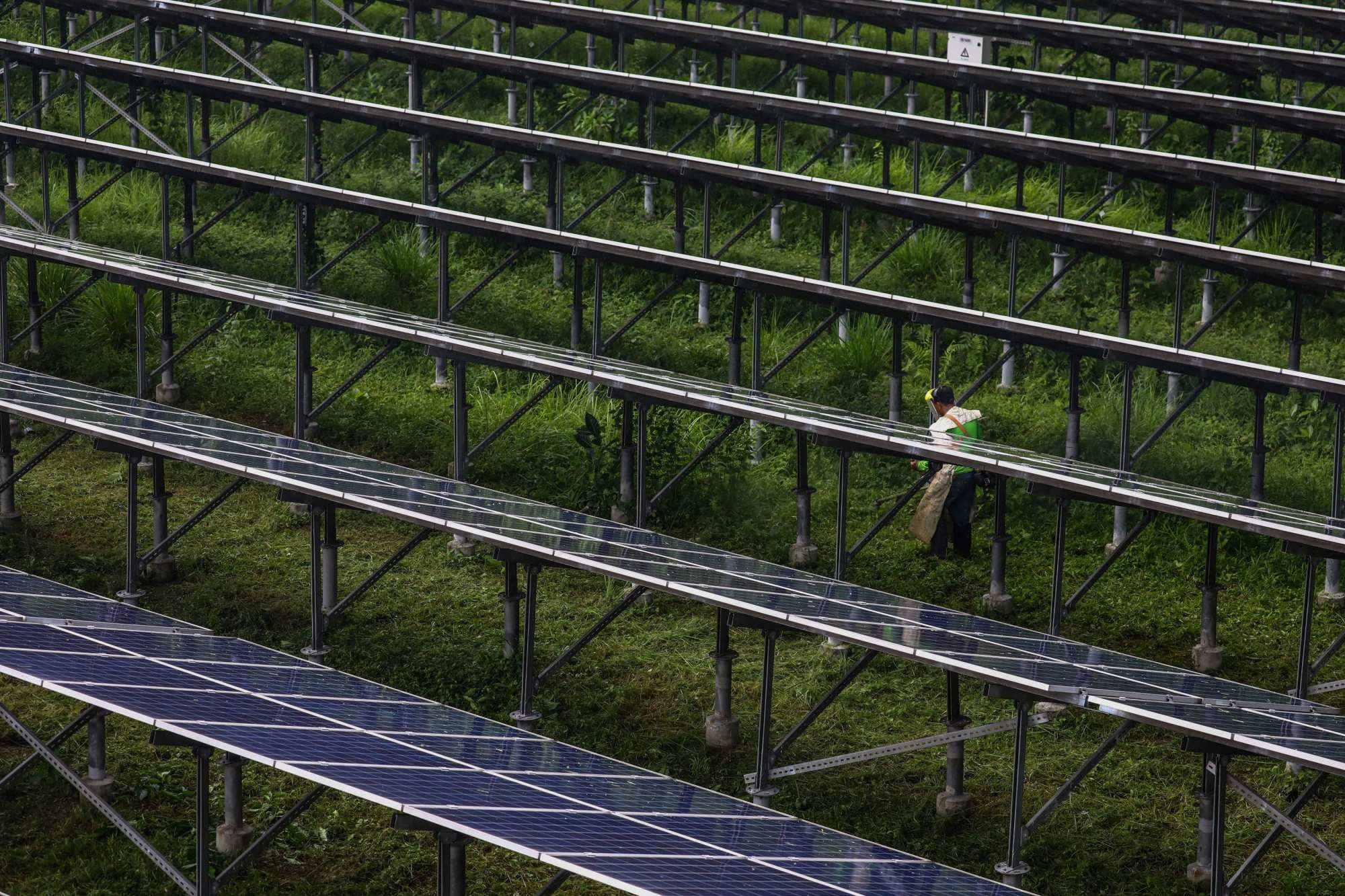
Philippines’ Marcos heads to Beijing with trade, investment and maritime issues on his mind
- Philippine leader will seek trade, investment and infrastructure deals, renew talks on joint offshore energy development
- Thorny maritime issues on the agenda for Ferdinand Marcos Jnr’s first state visit to major power, amid renewed tensions in South China Sea
The trip will mark a series of firsts for the Philippine president – he will be the first foreign leader Beijing will host this year, and it will be his first state visit to a major power.

Manila is verifying recent reports of construction activities in hitherto unoccupied features in the Spratlys and protested against the heavy presence of Chinese vessels in its exclusive economic zone as it steps up its own maritime patrols.
Marcos Jnr has previously said the territorial and maritime row does not define Philippines-China relations and that he wants to shift bilateral ties to a higher gear. The visit is an opportunity for both sides to discuss areas of cooperation and differences.
A venue to handle disputes over the West Philippine Sea, probably similar to the vice-ministerial level Bilateral Consultative Mechanism during the previous Duterte government, may be set up. The two sides can also renew hotline communications and regular security talks. This can help ensure that wrangling over reefs, rocks, and waters in the contested sea will not affect overall ties.
Marcos to take up South China Sea row with Xi during Beijing trip
China is a big boon for Filipino fruit growers. Last year, US$490 million worth of bananas were shipped to China. From 2019 to 2021, annual average pineapple exports to its neighbour hovered at around US$100 million, accounting for 70 per cent of the Chinese market. In 2019, the Philippines became China’s second-largest supplier of green coconuts, securing 27 per cent of the market, while in 2020, it was the first Asian country to ship avocados to China.
Marcos Jnr is also likely to court Chinese investment to modernise Philippine agriculture, build more irrigation works, grain silos and agri-processing facilities.

Beijing last year completed the Chico River pump irrigation project in northern Luzon. The Philippine-Sino Center for Agricultural Technology (PhilSCAT), built with an initial fund injection from Beijing, is also expected to serve as a conduit for China to transfer advanced farming practices to Filipinos.

China has also been active in the Philippine infrastructure sector, building drug rehabilitation centres and bridges, and a dam to supply water to Metro Manila and neighbouring provinces. Both sides are also renegotiating three railway projects. A framework agreement on three priority bridges is expected to be up for discussion during the visit, as are possible grants worth 1.5 billion yuan and cooperation on digital infrastructure and emerging technologies.
The Philippines is also keen to attract Chinese investment to its power sector, with a new amendment to its renewable energy law now allowing full foreign equity. Here too, China has extended its reach, with firms such as PowerChina involved in coal and solar energy projects across the Philippines.

Marcos Jnr also expressed willingness to resume talks for a possible joint oil and gas development in the West Philippine Sea and this could be discussed during the visit. A deal for a nickel processing facility, which will increase value added for Manila, is also being eyed. The Philippines is among the world’s largest nickel producers, with China sourcing 70 per cent of its nickel ore and concentrate requirements from the country.
Thus, Marcos Jnr’s visit is expected to bring a windfall of trade and investment pledges and an agreement to deftly handle a long-running maritime spat. But the country will have to do its homework. It has to upgrade the absorptive capacity of its bureaucracies to implement more projects and shore up its defence posture to better stake its claim in the South China Sea flashpoint.
Lucio Blanco Pitlo III is a research fellow at the Asia-Pacific Pathways to Progress Foundation and a member of the Board of Directors of the Philippine Association for Chinese Studies.

